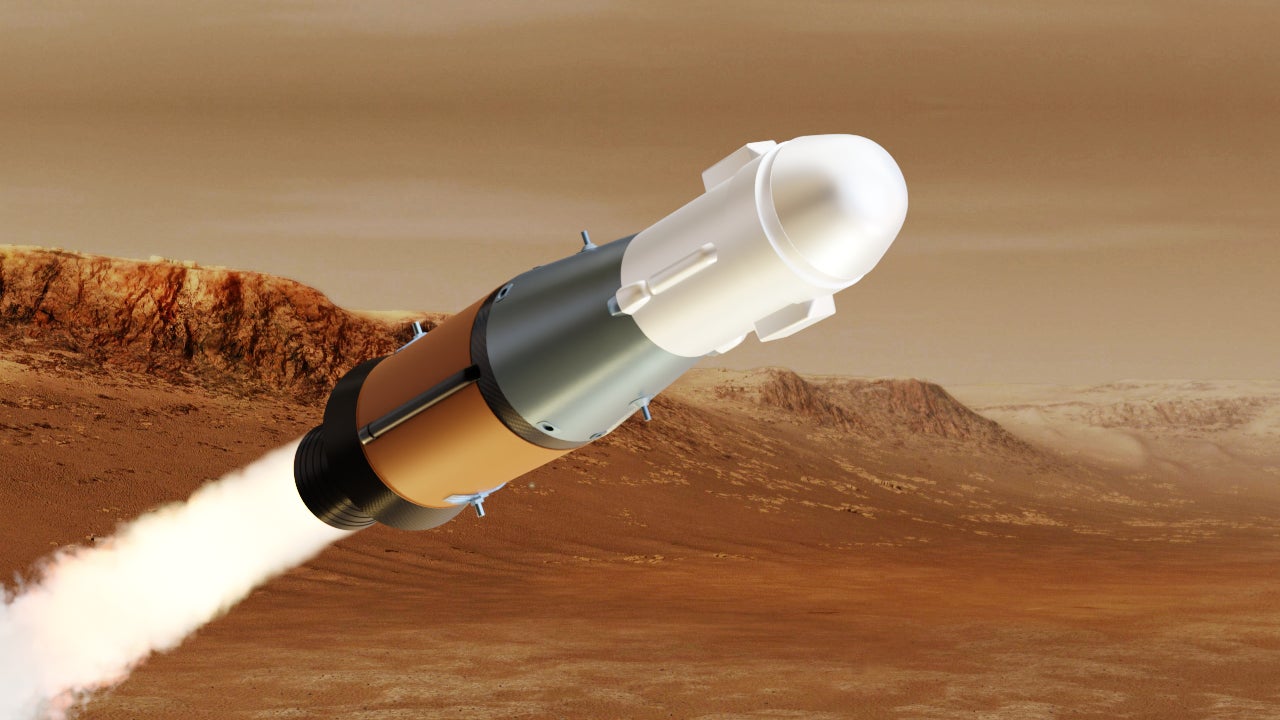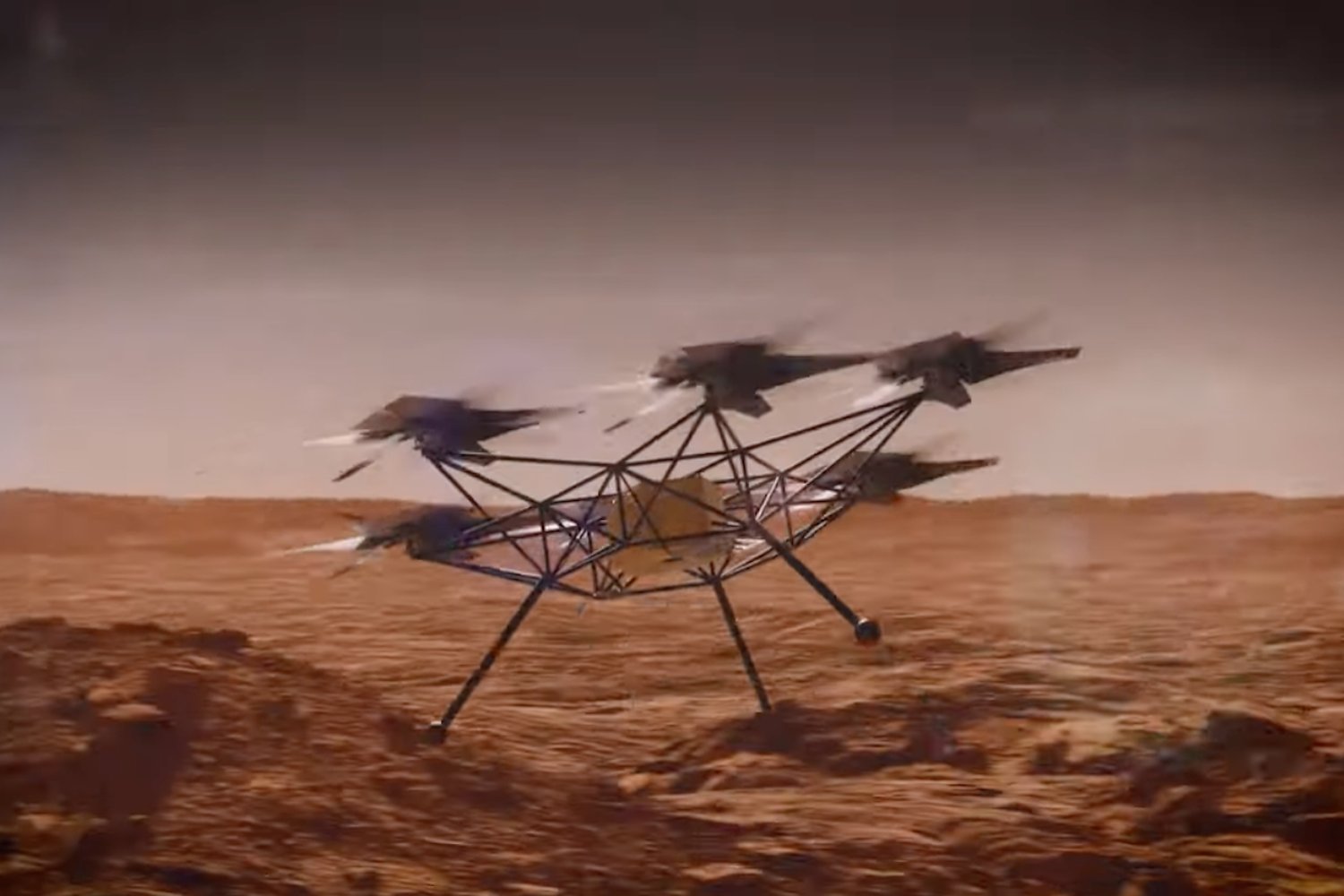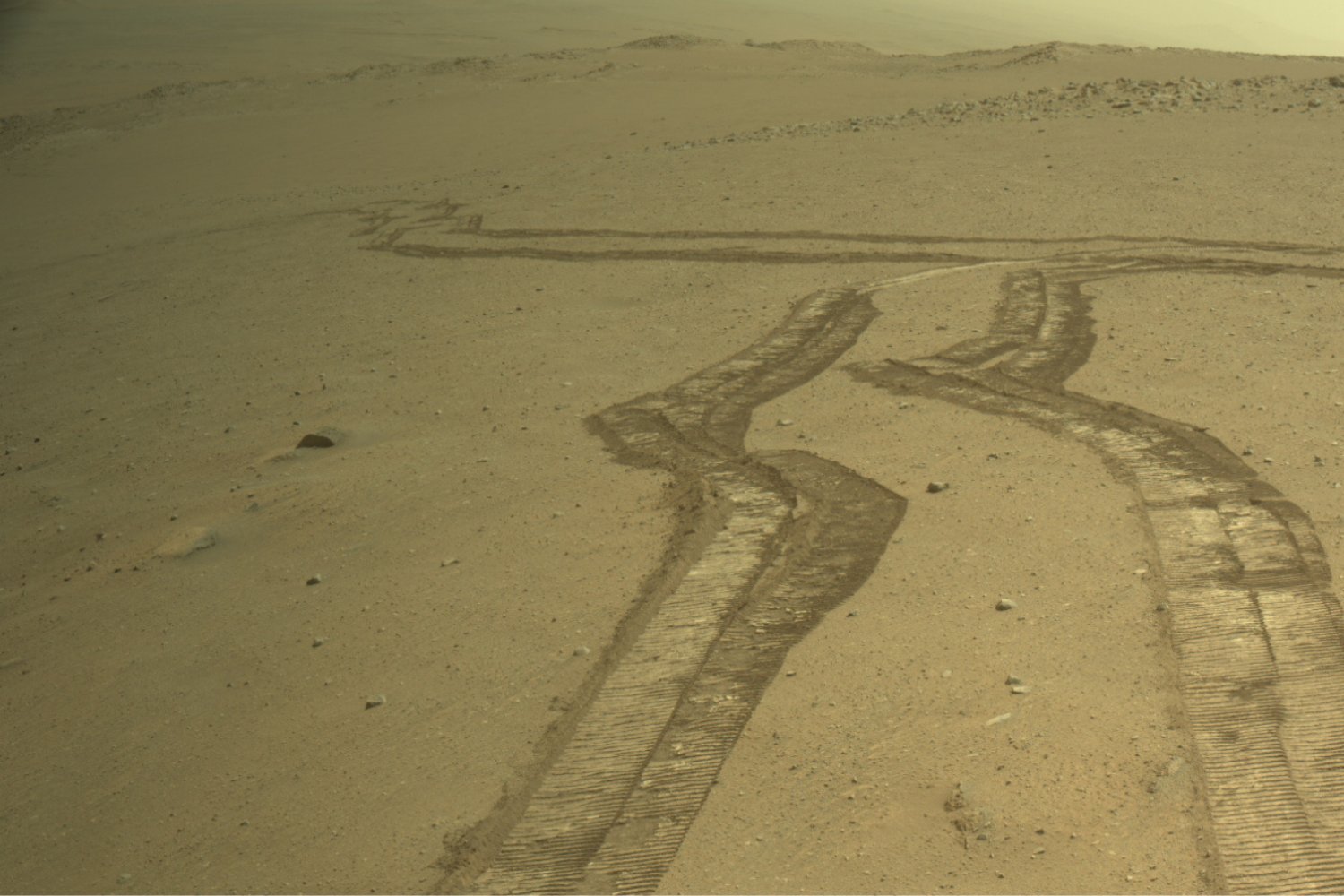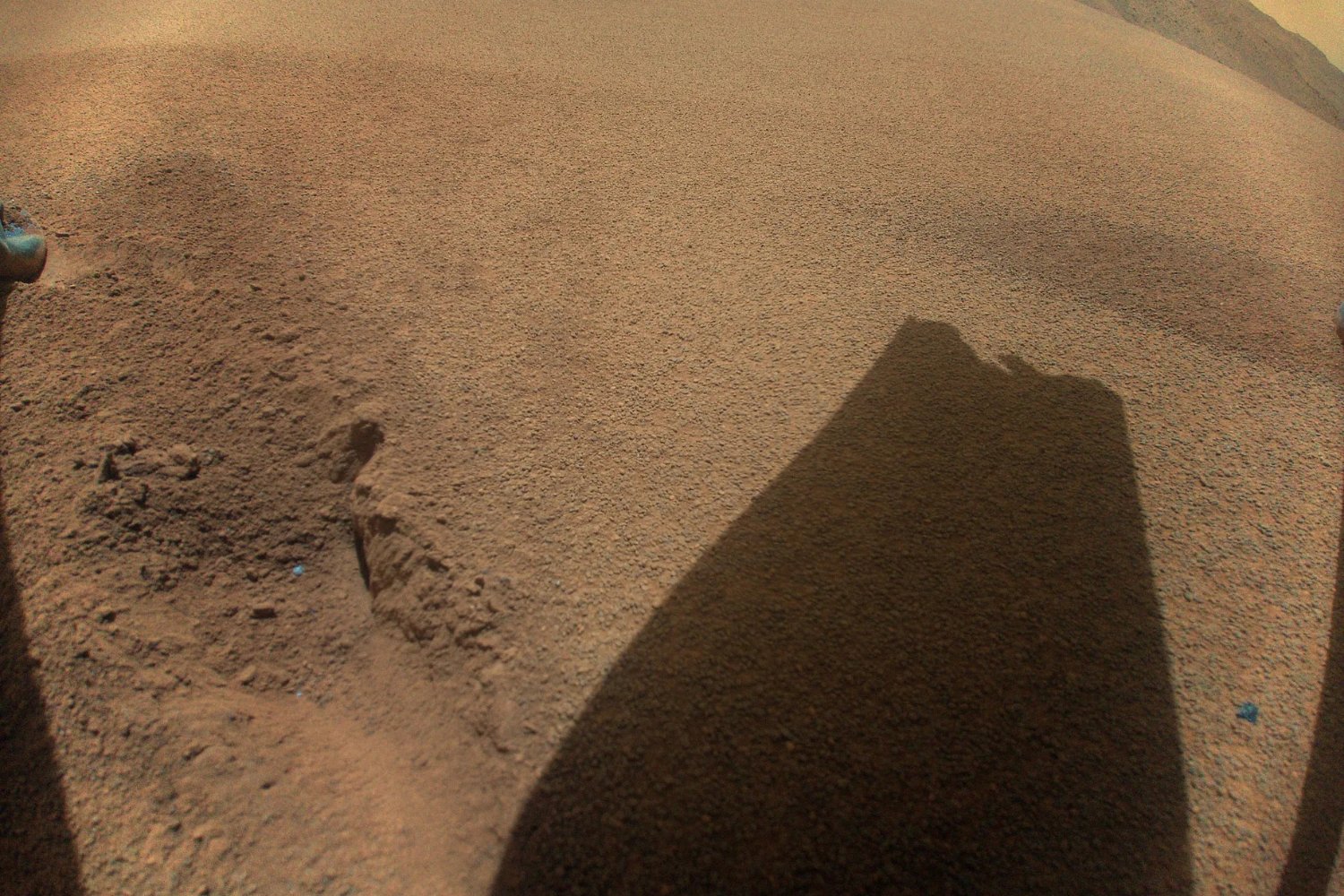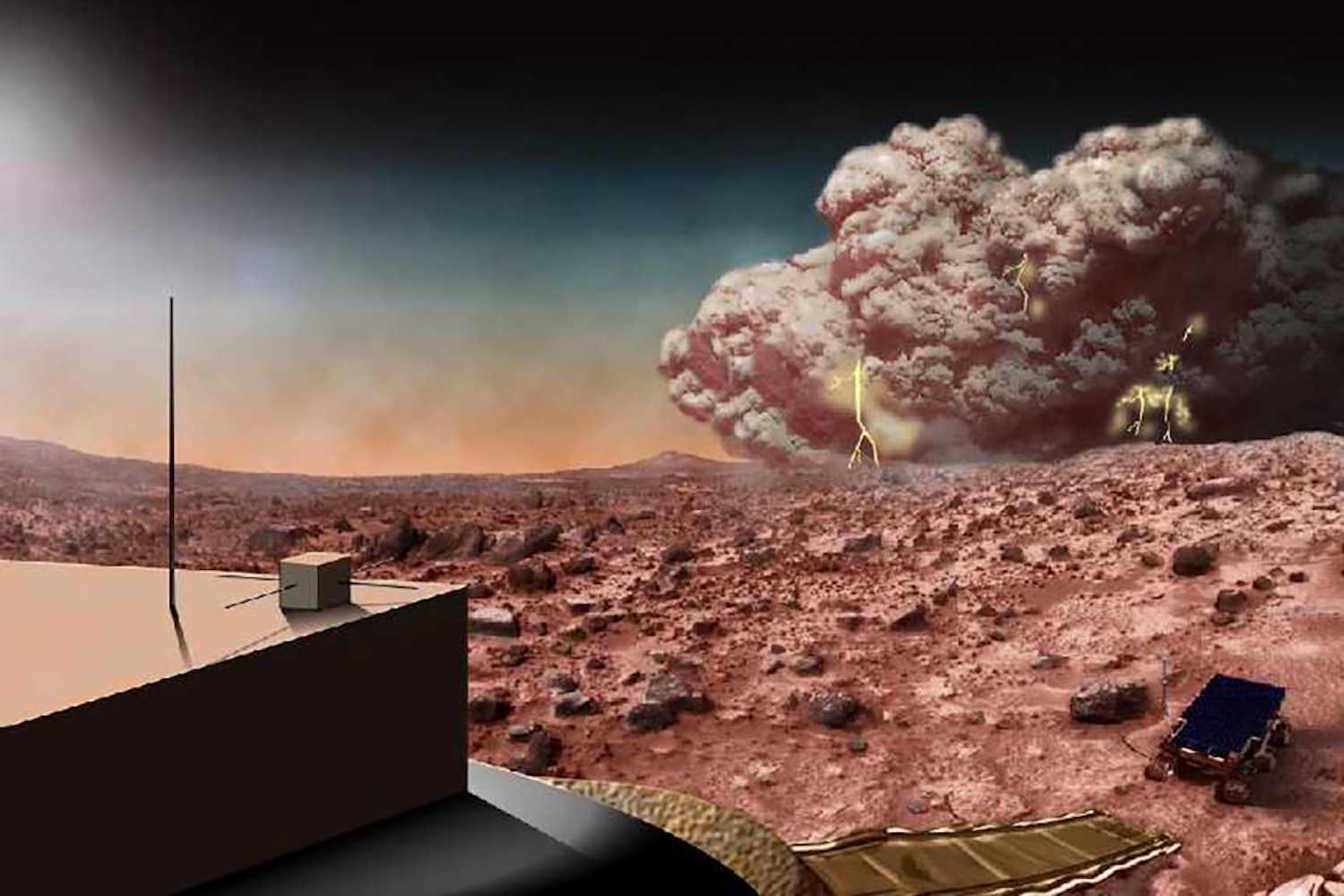Citing unacceptable levels of “high risk,” NASA and the European Space Agency have made key adjustments to a highly complex future mission that will attempt to bring Martian surface samples to Earth.
Thomas Zurbuchen, associate administrator for science at NASA, made the announcement on March 21 during a presentation to the National Academies’ Space Studies Board. The Mars Sample Return mission is a joint effort between NASA and ESA, and it’s seeking to do something that’s never been done before: bring pieces of Mars to Earth for analysis. This project is already underway, with NASA’s Perseverance rover having already collected 10 samples in Jezero Crater on Mars.
Instead of launching a new rover and an ascent vehicle on a single rocket in 2026, as was the original plan, NASA and ESA have decided to split them up into two separate missions in order to reduce risk. The space agencies have also pushed the timeline forward, targeting 2028 for the two launches and a return date of 2033 for the Martian samples. An ESA-built orbiter will launch in 2027. Zurbuchen did not comment on the budget, but the flagship mission could cost upwards of $4.4 billion.
The mission is largely unaltered save for these changes. The new rover, upon a successful landing, will retrieve the samples cached by Perseverance and then pack them into the Mars Ascent Vehicle (MAV), which will have arrived separately as per the new plan. MAV, to be built by Lockheed Martin, will launch the samples to Mars orbit, where they will be intercepted by ESA’s Earth Return Orbiter and brought to Earth. That NASA and ESA were able to alter the mission architecture to such a degree is not a huge deal, as the project is still in its early stages of development with many aspects not yet confirmed.
It’s not surprising that the plan had to be altered. In November 2020, an independent review board submitted its recommendations, saying the launch should be delayed to allow for more development time and that the space agencies should divide the Sample Retrieval Lander into two missions.
Zurbuchen largely repeated these recommendations during his talk to the Space Studies Board. An “alternate two-lander architecture may provide substantially improved program technical success probability,” according to his presentation, while the plan to deliver both components on a single lander “breaks Entry, Descent, and Landing (EDL) heritage and is high-risk.”
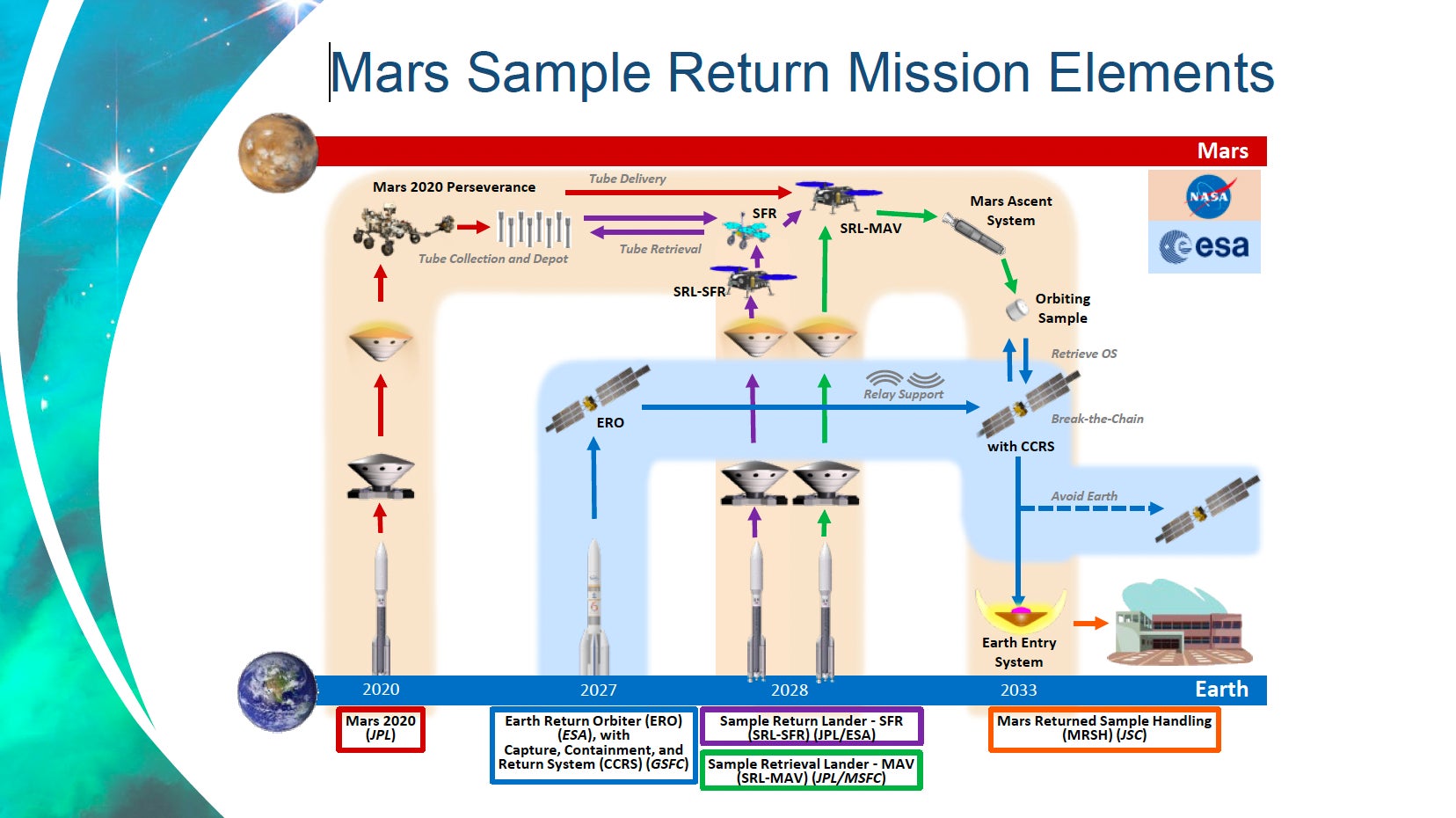
Indeed, a single landing would require NASA to tread in uncharted waters—a risk the space agency is not willing to take. Instead, the landers will be divided up into two missions and built on the same technology that resulted in the successful landing of Perseverance on February 18, 2021. As Zurbuchen put it, a “large single lander architecture would require a wider payload launch vehicle fairing to accommodate a wider entry heatshield diameter, unproven EDL capabilities, and electric propulsion on the cruise stage,” he explained, while the “dual lander architecture builds off Perseverance success and can be completed in the 2020s.”
In its 2020 report, the independent review board said NASA’s original budget of $3 billion was too low and that the cost for Mars Sample Return will likely be closer to $3.8 to $4.4 billion. Zurbuchen did not discuss cost during his presentation, so the budget for this mission remains an open question.
Regardless, this mission is starting to take shape, and it promises to be one of the most complex space operations ever attempted. But it’ll be worth it. Scientists will be able study the samples taken from Jezero Crater up close and look for potential signs of life, in addition to learning more about Martian geology.
More: The Speed of Sound on Mars Is Kinda Funky, New Evidence Suggests.
